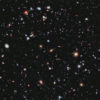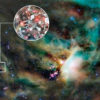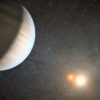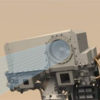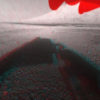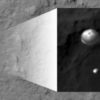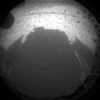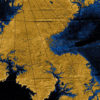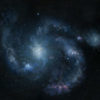Using multiple images from the Hubble Space Telescope, astronomers have assembled a new, improved portrait of our deepest-ever view of the Universe. Called the eXtreme Deep Field (XDF), the hybrid image contains around 5,000 galaxies – some from a time when the Universe was only a few hundred million years old. Garth Illingworth, principal investigator […]
